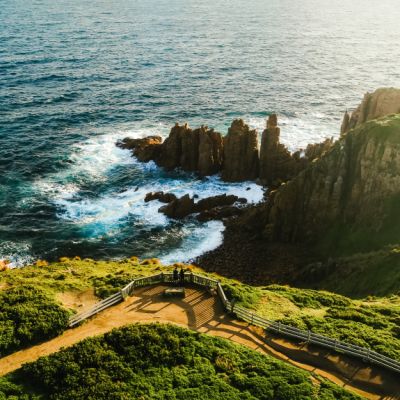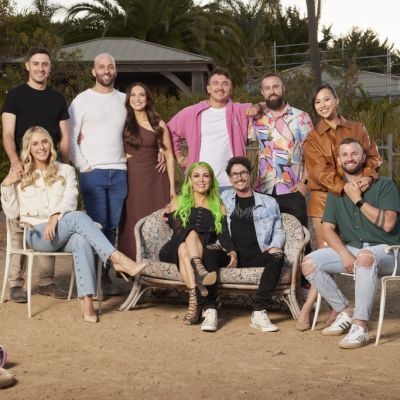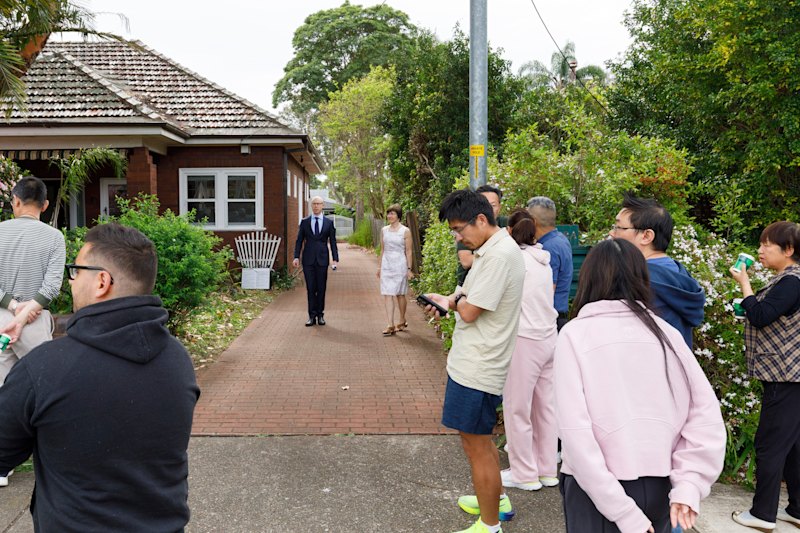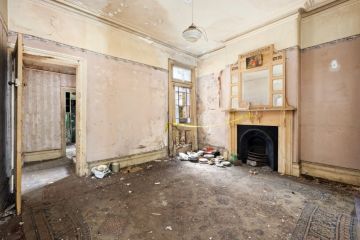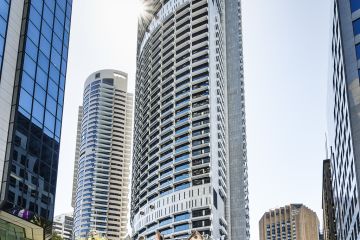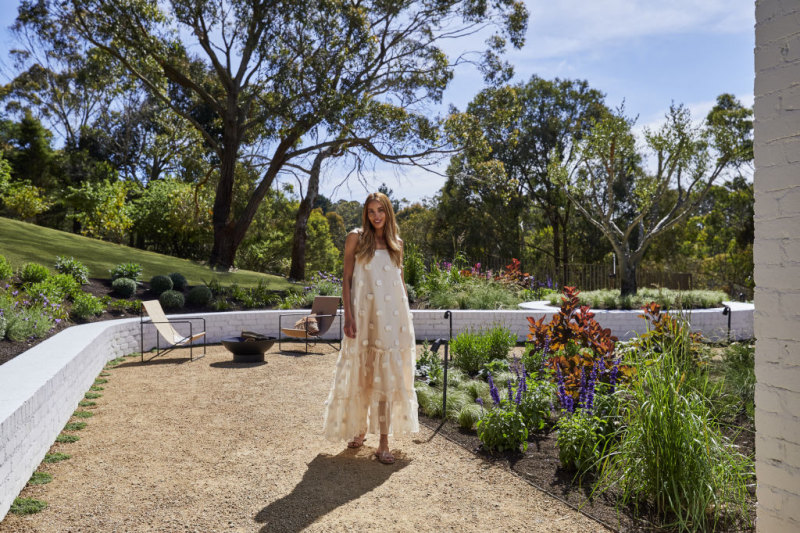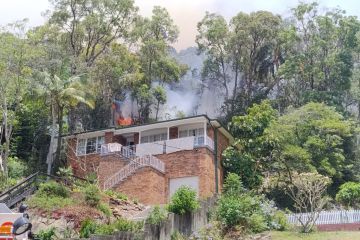Could The Block revive the idea of gated communities in Australia?
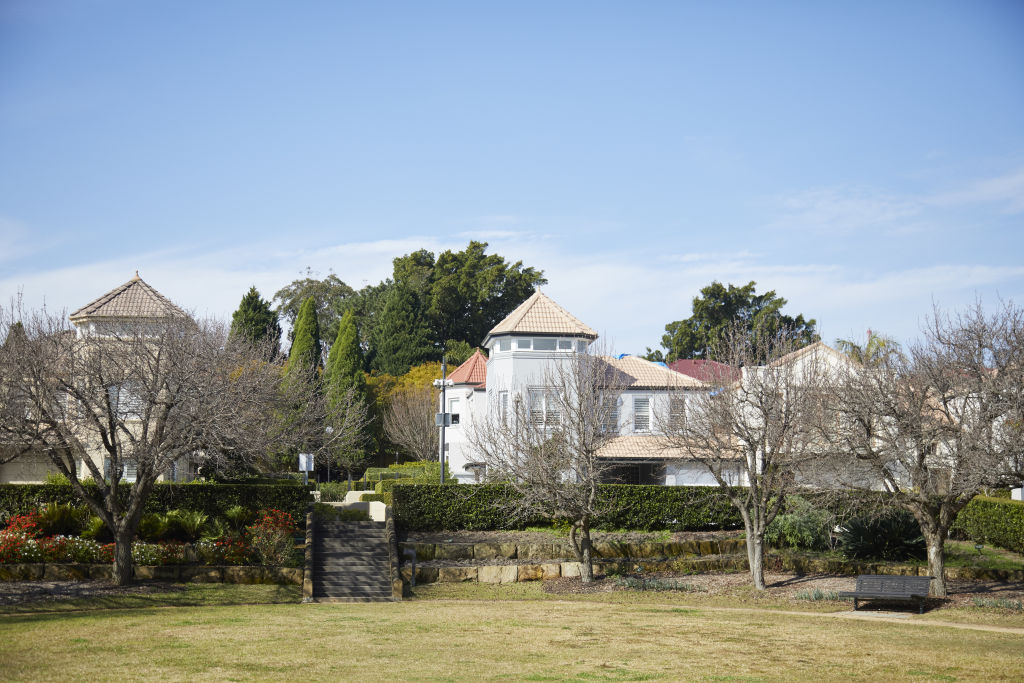
Gated communities are back in the property spotlight after the launch of the latest series of The Block, in which contestants are creating top-quality holiday homes in a closed estate on Victoria’s Phillip Island.
While gated communities were all the rage in Australia from the 1980s to the early 2000s, and are huge in the US and parts of Asia and Africa because of security concerns and a desire for exclusivity, they now tend to only be built here when they include shared facilities like golf courses and pools.
But those who do live within them tend to absolutely love them.
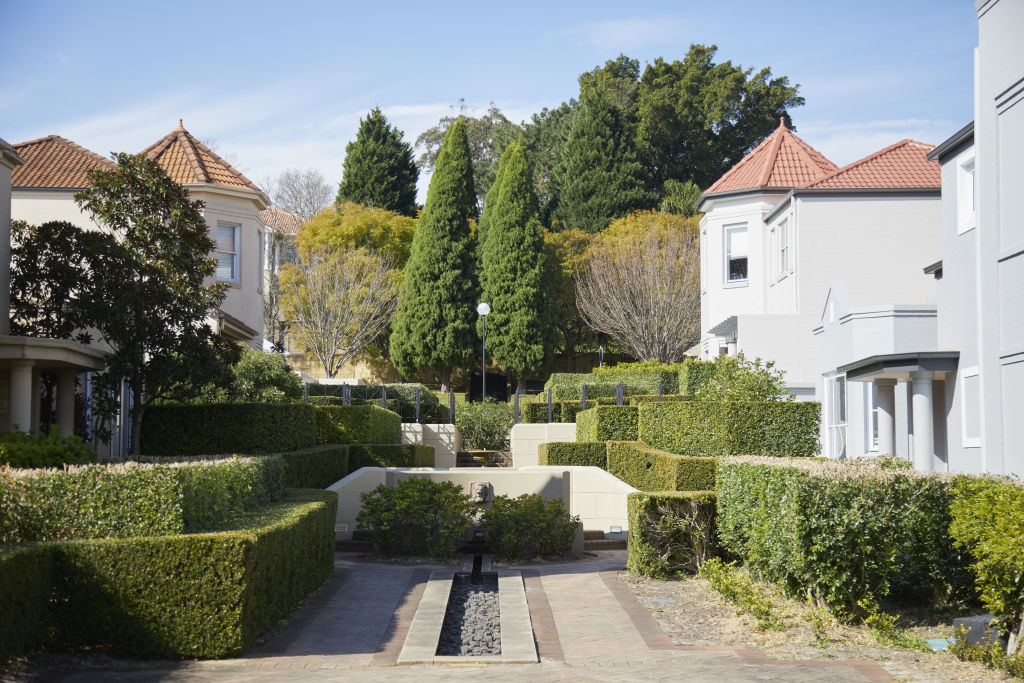
Roy and Margaret Rigotti were the first to buy a home in Sydney’s Raleigh Park, billed as the first community title development in NSW to be enclosed by a perimeter fence.
Built by developer Mirvac on a former tobacco factory site in Kensington in 1991, it now comprises 150 townhouses, 350 apartments in six towers, three parks, eight pools, two tennis courts and a childcare centre.
“We’ve now been here for 33 years, first in a house and now in an apartment,” says Roy, 90. “We were the original inhabitants.
“The grounds and roads are maintained by the community and the whole place is beautiful.”
Margaret, 83, a retired pharmacist like her husband, agrees. “It’s like an oasis of peace and quiet, so close to the city,” she says. “I wouldn’t want to live anywhere else.”
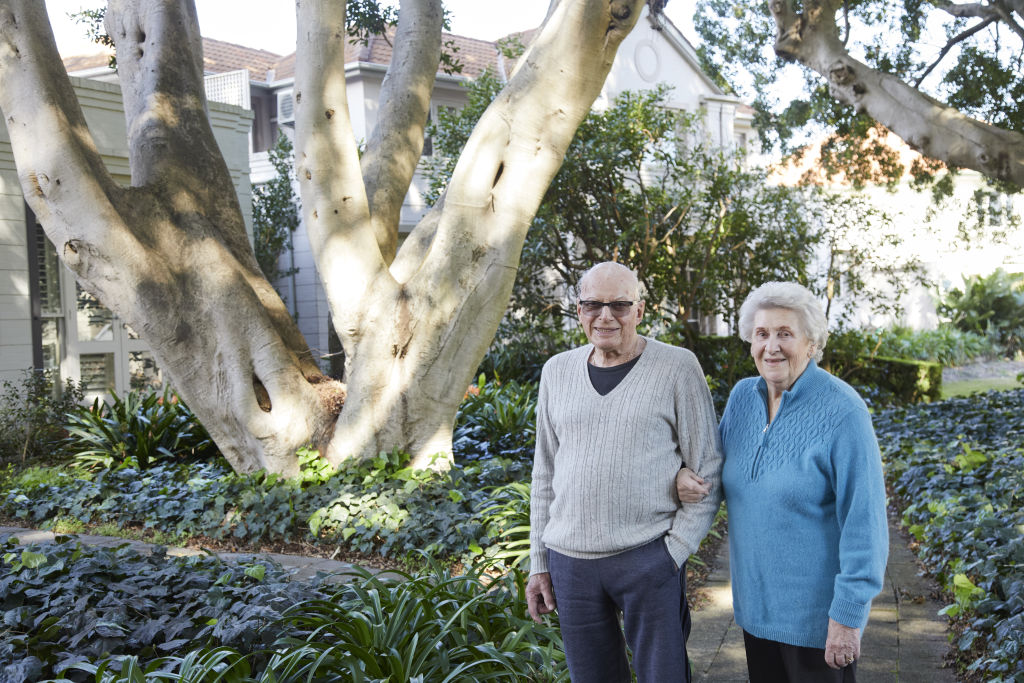
Buyers tend to be prepared to pay more for gated communities, feeling the extra privacy, security and peace of mind is worth the premium price.
In Victoria, one of the best known is Sanctuary Lakes in Melbourne’s Point Cook. It’s built around a Greg Norman-designed golf course and a 60-hectare lake, with a pool, tennis courts, gym and security patrols.
Agent Ruben Jabbal of Hockingstuart is currently selling the three-bedroom house at 3 Times Square, Sanctuary Lakes, for between $720,000 and $770,000.
“Some people do pay a bit extra as they see the value in that,” he says. “They like the patrol cars going round, but it’s mostly the feeling of exclusivity they appreciate.
“There are townhouses from the mid-$600,000s up to $5 million properties. But the location and facilities are key.”

The first gated community in Australia was Sanctuary Cove on the Gold Coast, which opened in 1985. From then, they tended to be most popular in Queensland, largely because they were seen as luxury enclaves.
However, despite the predictions that we would eventually become Fortress Australia, a UNSW study, Gated Communities in Sydney: A Search for Security, in 2006 estimated only around 100,000 people here lived in one of the communities, and they have not gained much traction since.
The only real area of growth outside the Sunshine State has been resorts that include golf courses, or retirement villages where the residents favour extra security, like Stockland’s Halcyon Berwick, 40 kilometres south-east of Melbourne’s CBD.
The renewed attention from The Block, however, could prompt a revival in their popularity.
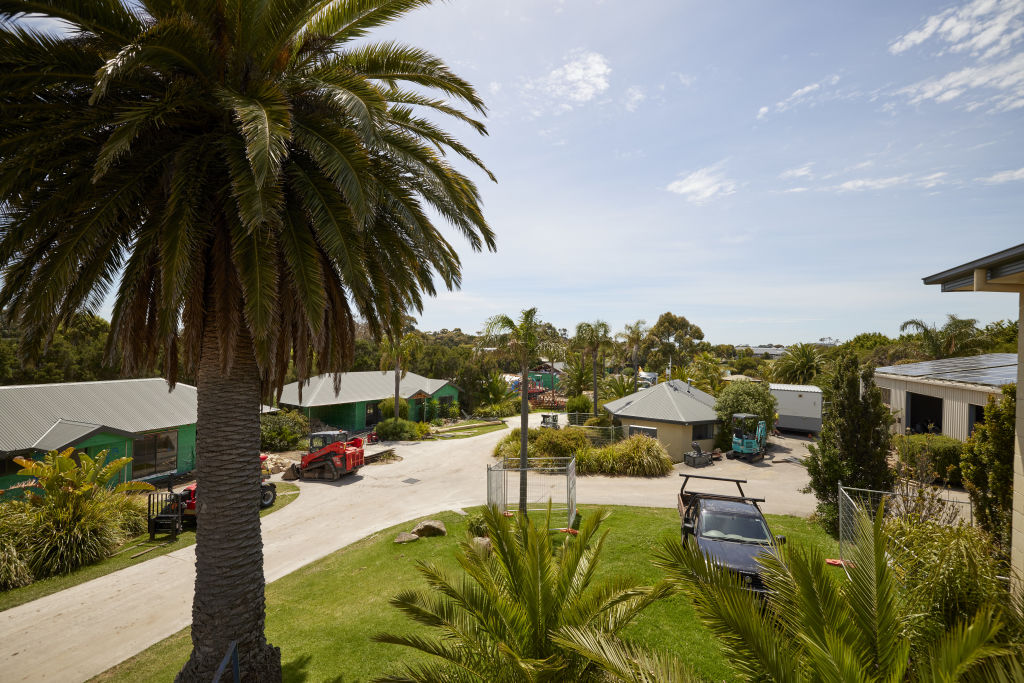
In NSW, gated communities include Cherrybrook in Sydney’s north-west, and Macquarie Links in the south-west, developed in the mid-1990s by The Monarch Investments Group as a masterplanned greenfields housing estates.
Company chief executive Peter Icklow says Macquarie Links never had its gates closed until residents voted in 2005 to install a boom gate to prevent entry to non-residents and step up security.
“The development has been very, very successful, and we just sold the last home there last week,” Icklow says.
“Back at its start, there was nowhere for professional people to live around Campbelltown, and it was the first upmarket estate.
“But I don’t think gated communities really fit in with the psyche of Australians. We don’t like the idea of gating off a road or a community as it doesn’t fit in with our egalitarian ideals. Instead, we have vertical villages that are gated these days: apartment buildings with security and concierges.”

Urban Taskforce Australia chief executive Tom Forrest agrees. He says we tried it but then discovered we could include the good aspects of exclusivity without going to the lengths of physically stopping people entering.
“There’s been a certain pushback in demand against gated communities because it doesn’t feel Australian to have gates and guards at the end of the street,” he says.
“We can still have relative exclusivity, like at Rose Corp’s Breakfast Point in Sydney’s inner-west, but leave people free to enter and wander around.
“And it’s not like we have a lot of crime, either, like in Johannesburg where privileged people live behind giant walls and serious security guards.
“We don’t have that or need that or want that. We did suck it and see with gated communities for a while 20 to 30 years ago, but now we’ve moved on.”
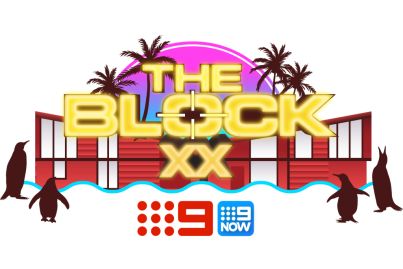

States
Capital Cities
Capital Cities - Rentals
Popular Areas
Allhomes
More
- © 2025, CoStar Group Inc.

